South Korea is a country that has recently become a popular destination for tourists around the world.
Today, let's learn about five things that represent Korea!
Mugunghwa Flower
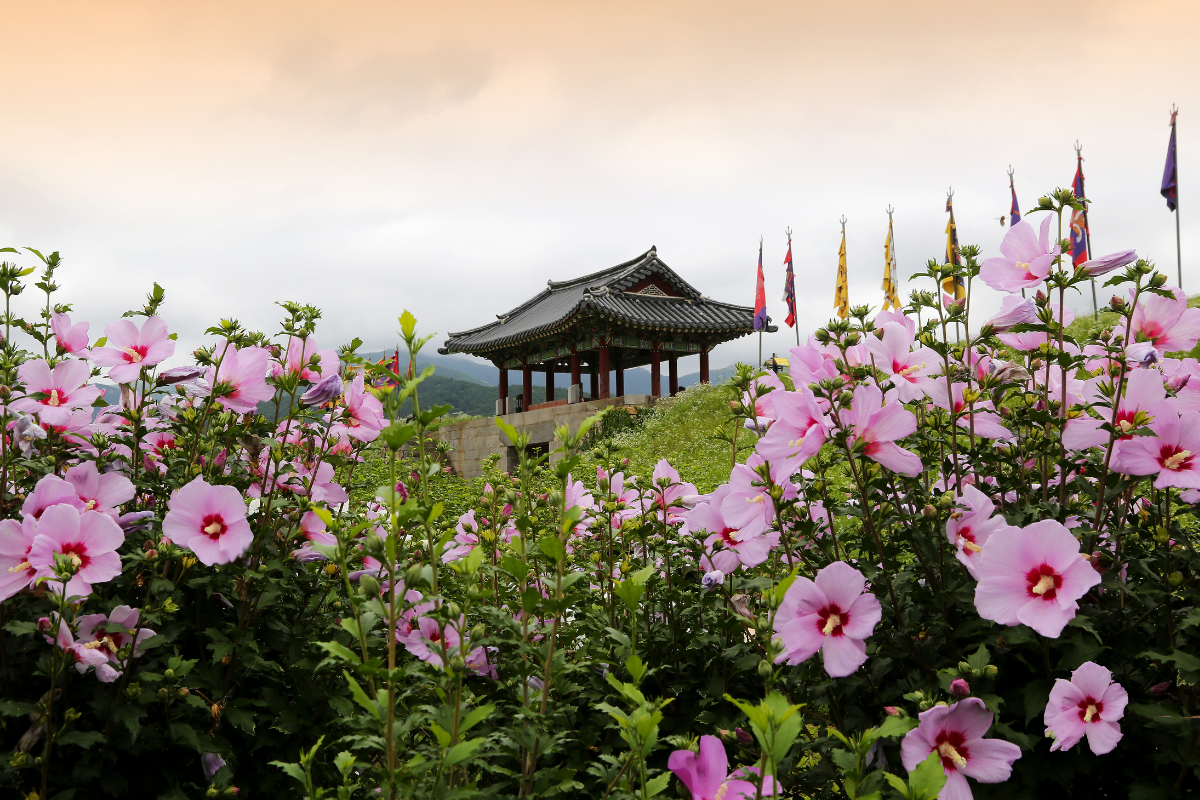
Scientific name: Hibiscus Syriacus L./ Rose of Sharon, Shrub Althaea
Features:
Mugunghwa flower blooms from early July to mid-October.
It has five petals, short stems, and is usually white, pink, or purple.
The flowers bloom early in the morning and start to wilt in the afternoon when a new bud will grow to take its place. This process repeats every day. Usually, small shrubs have about 20 flowers blooming a day, while about 50 flowers bloom a day on larger shrubs. The blooming period is about 100 days a year. So, in a year, between 2,000 and 5,000 flowers bloom on one shrub. It is considered to be a very unique characteristic of Mugunghwa flowers that they bloom day after day.
Mugunghwa lives and grows vigorously even in harsh, remote environments, such as valleys and cliffs.
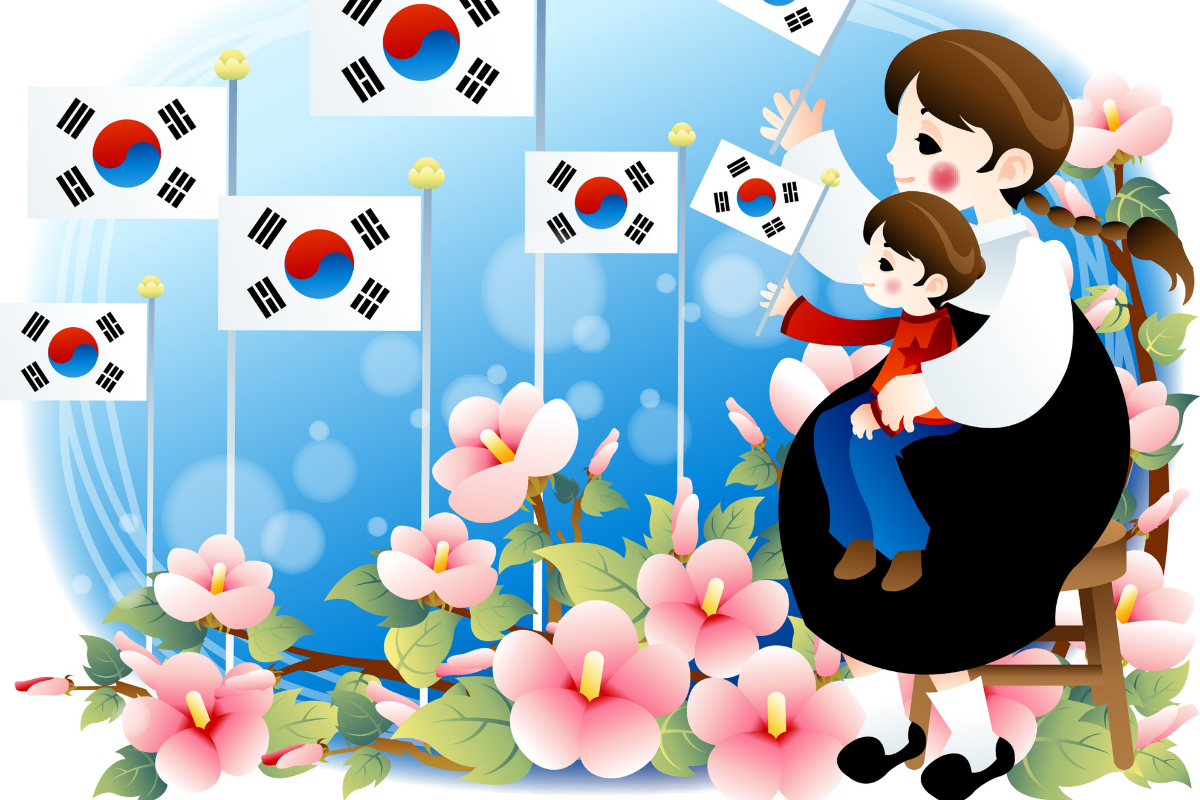
Due to these characteristics, Mugunghwa (무궁화) has been loved by Koreans since ancient times. Mugunghwa, meaning "eternal blossom that never fades," has become a symbol of Korea.
According to old records, Koreans regarded Mugunghwa as a national flower even before the Gojoseon period, and the Silla Kingdom even called itself Country of the Mugunghwa.
Mugunghwa represents the Korean people's resilient spirit and their constant effort to better Korea.
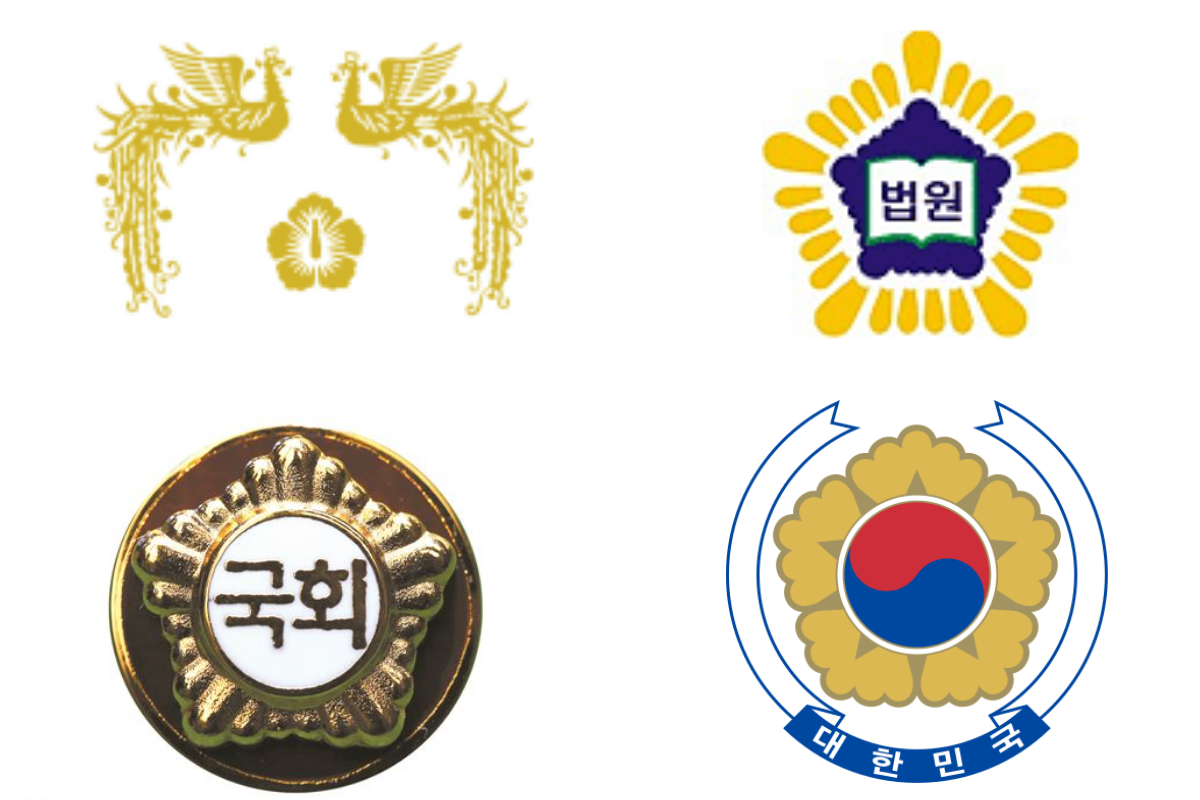
You can see how significant the Mugunghwa is since it is used on national symbols, such as the President's emblem, lawmakers' badges, Supreme Court logo, and symbols of other government agencies.
Tiger

Although there are no legal statements that tigers are Korea's national animals, Koreans have always regarded tigers as sacred creatures and lord of the mountains since ancient times.
Tigers are often the main characters in Korean folk tales, fairy tales, and paintings. The brave tiger was also regarded highly because the people believed it helped them defeat and ward off evil spirits.
To the Korean people, the image of the tiger is associated with strength, endurance, courage, and is a symbol of the warrior class.
In addition, the map of Korea when it was one country is said to resemble a tiger. Since tigers are considered gods of the mountains and Korea has a mountainous terrain, the tiger was like a guardian deity for Korea.
Keeping that idea in mind, the tiger was chosen as Korea's mascot for the 1988 Summer Olympics, which was an event that helped propel Korea onto the international stage and grow into the country it has become today.
Kimchi
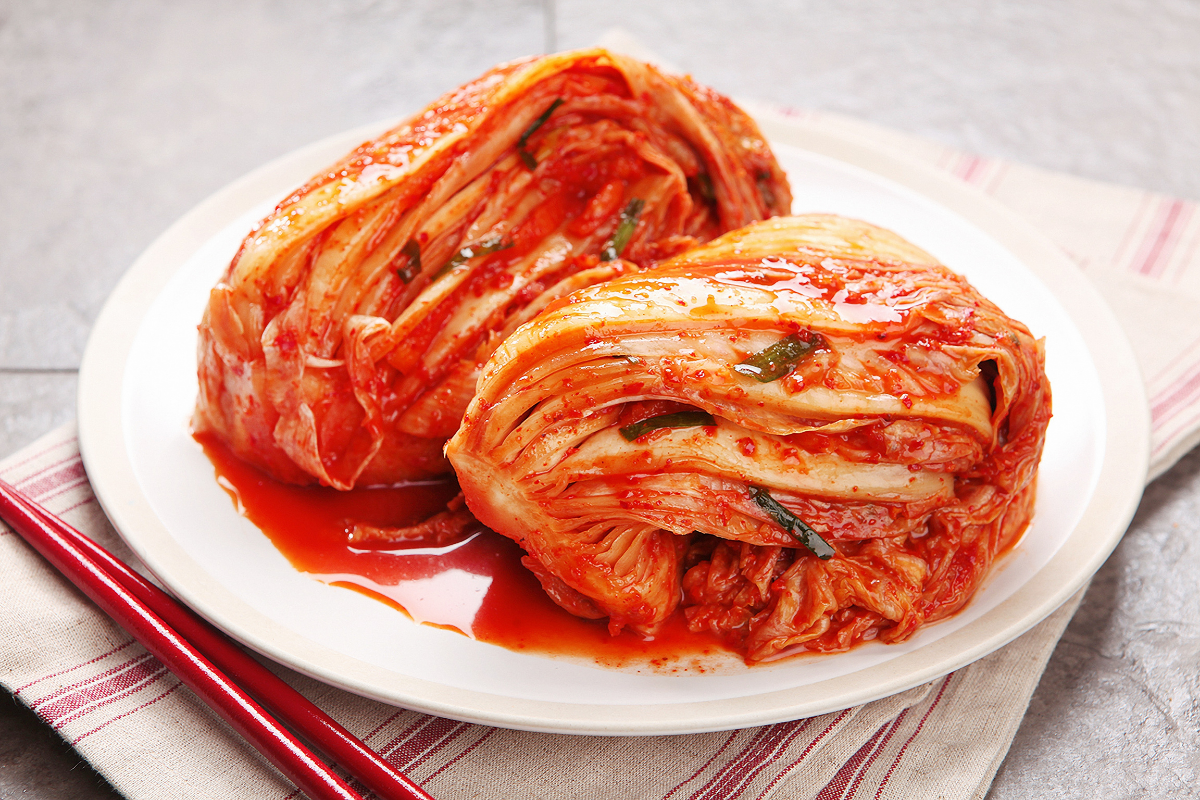
Korea has a very diverse food culture with many delicious foods, but when thinking of a food that represents Korean food, it has to be kimchi.
It is a traditional side dish that has always been on the tables of Koreans. In 2013, kimjang (the culture and process of making kimchi) was named to UNESCO’s Representative List of the Intangible Cultural Heritage of Humanity.

South Korea is located on the 38th parallel, so it gets pretty cold in the winter and it is often impossible to grow any vegetables. Therefore, before the cold winter comes, Koreans will use salt to preserve vegetables to eat during the winter, which is what is done with kimchi, and this is the origin of Korea's fermented food culture.
Today, kimchi has become famous all over the world. The spicy kimchi that can be used in a variety of delicious dishes has been admired by foodies all over the world. Some people even call Korea "Land of Kimchi".
Samsung
 Source: techm
Source: techm
Many Korean companies have become well-known internationally, such as Samsung, LG, and Hyundai, but many people view Samsung as the representative company of Korea.
Recently, Interbrand announced the ranking of Korea's top 50 brands in 2021 and Samsung has maintained its No. 1 position for many years.
Samsung Electronics began as the industrial part of the Samsung Group and established Samsung-Sanyo Mechanics, a joint venture between Samsung Electronics and Japan's Sanyo Mechanics. This is the predecessor of the Samsung Electronics we know today.
In 1974, Samsung Group acquired Korea Semiconductor to expand into the semiconductor business.
With the construction of a semiconductor chip manufacturing plant in 1983, Samsung Group began to focus on business. Founder Lee Byung-chul's third son, Lee Kun-hee, became the head of Samsung in 1988 and declared that the group's core area was electronics and telecommunications and semiconductor chips.

Since then, Samsung has been at the forefront of global semiconductor chip technology. Thanks to this technology, it is also dominating the global smartphone market. In addition, Samsung Group continues to grow in other industries, such as construction and cars and has many manufacturing plants around the world.
Is There A National Color?
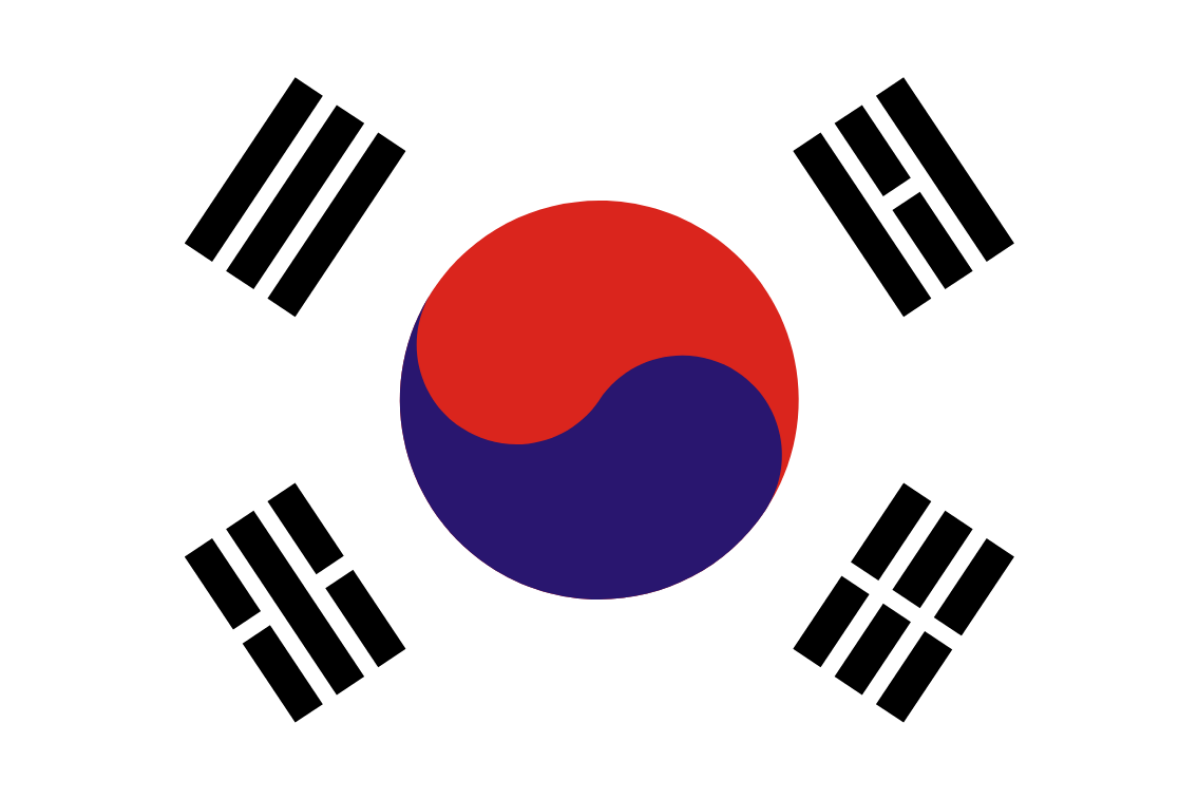
If you look at the 1988 Olympics, Korea was covered red, so this might lead you to think red is Korea's national color. However, Korea doesn't actually have a specific representative color.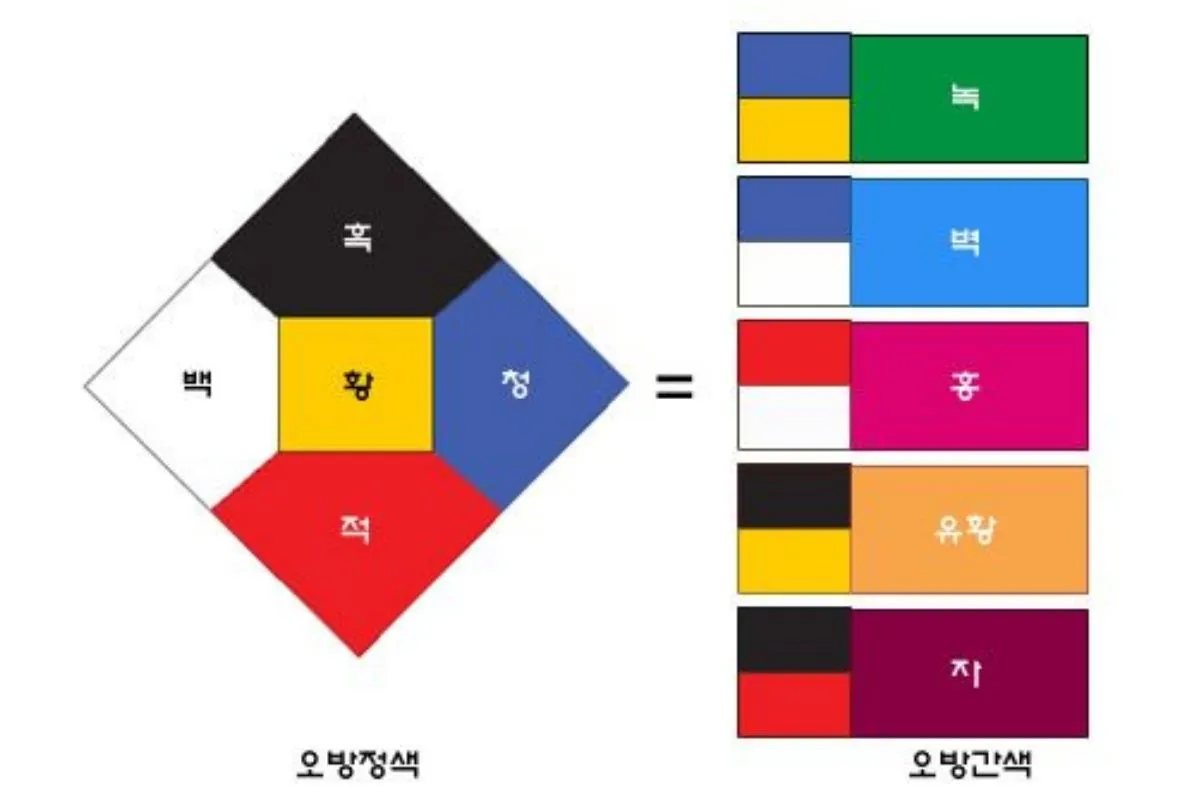
Source: gsinews
Korea has a unique traditional color spectrum called Obangsaek (오방색), consisting of white, black, blue, yellow, and red. The Taegeukgi, or Korean flag, has four of those colors, white, red, black, and blue.
Therefore, it is not possible to choose one specific color as Korea's representative color, so let me introduce the meanings of some important colors in Korea!
White:
In Korea, white was considered a sacred color for a long time, symbolizing the beginning, origin, and foundation of mankind. In addition, white represents light, cleanliness, purity, humility. Koreans often wore white clothes.
Red:
Often used in the government, red symbolizes power, passion, and the pursuit of happiness. At the 2002 World Cup, red was associated with a passion for sports and fans wore red shirts in support of the team. Red was seen as a color that promotes social cohesion in Korea.
Blue:
Blue stands for spring, youth, hope, calm, and the impossible. In many East Asian philosophies, blue is a symbol of impossibility. The various colors of the mountains, seas, and sky, ranging from light blue, blue, to sea blue, are considered to belong to one color representing life and hope.
Black:
Black represents darkness, death, dignity, and discipline. Darkness is needed for there to be light.
That's it for our introduction on five things that represent Korea. If you're interested, check out our post on Korea's five living national treasures!

